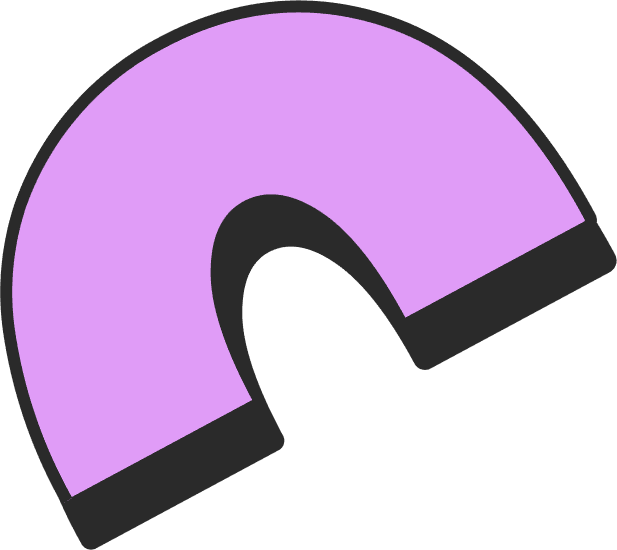Learning Framework
The Learning Performance Support Framework (LPSF) is a structured instructional design cycle that ensures instructional materials are created based on Objectives written using Bloom's Taxonomy and aligned directly with Course Learning Outcomes (CLOs).

Framework Foundations
The framework combines the backward design principles of Understanding by Design (UbD) with the iterative development process of the Successive Approximation Model (SAM). This integration ensures that every learning objective, lesson, and assessment is clearly aligned with outcomes, measurable, and refined through iterative design.

Bloom's Taxonomy
All learning objectives in the framework are written using Bloom's Taxonomy to ensure cognitive progression from foundational knowledge to higher-order thinking.

UbD + SAM Models
The framework combines Understanding by Design (UbD) for backward alignment with the Successive Approximation Model (SAM) for agile, iterative development. Modules are mapped from defined outcomes and built through rapid prototyping, allowing content to remain structured yet flexible—ideal for scaling projects without losing focus on learner performance.

7Es Instructional Strategy
Each lesson follows the 7Es instructional model—Elicit, Engage, Explore, Explain, Elaborate, Evaluate, Extend—providing a consistent, research-based structure that supports learner engagement, knowledge construction, and application. This method ensures lessons are not just informative, but transformative, guiding learners from curiosity to confident performance.

Kirkpatrick's Assessment Levels
All assessments are aligned with Kirkpatrick's Four Levels of Evaluation—measuring learner reaction, learning, behavior change, and impact on results to ensure training effectiveness at every stage.







